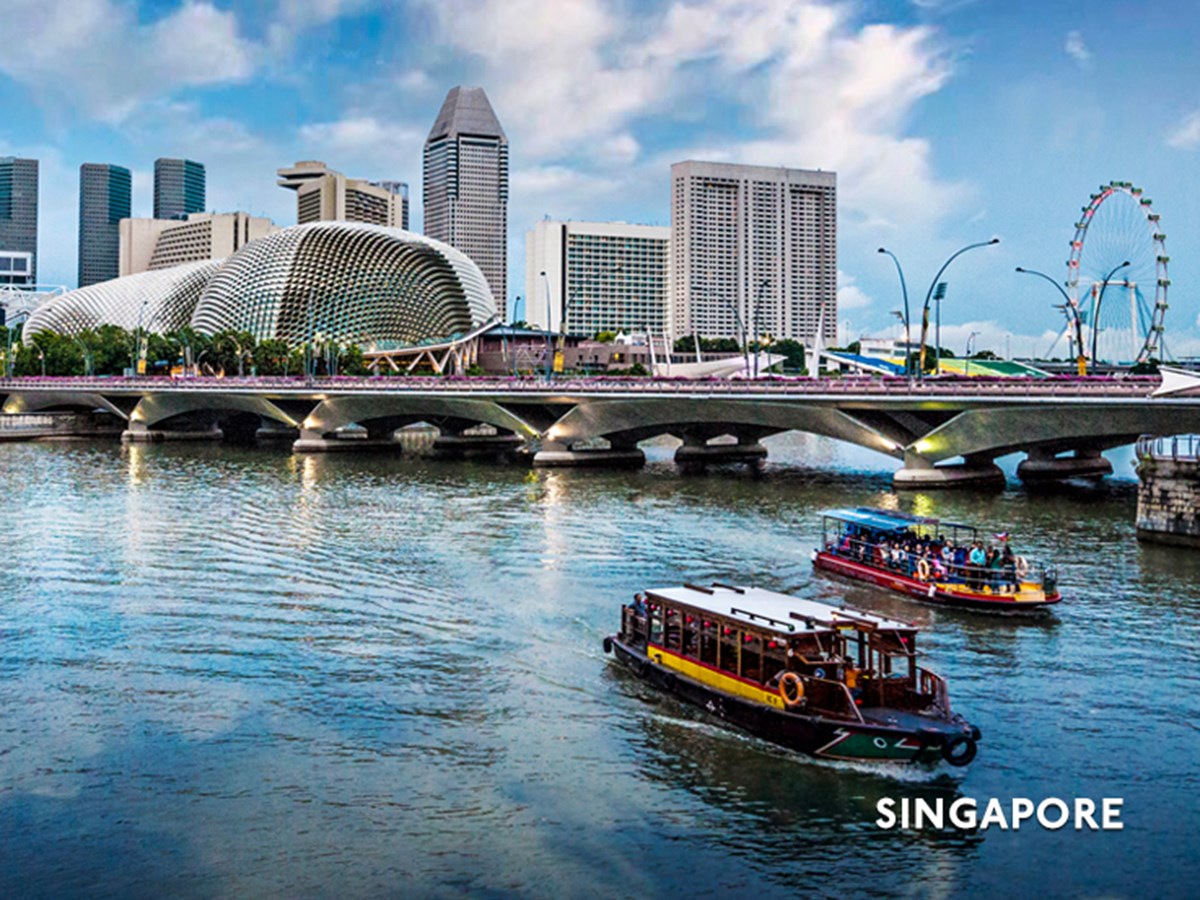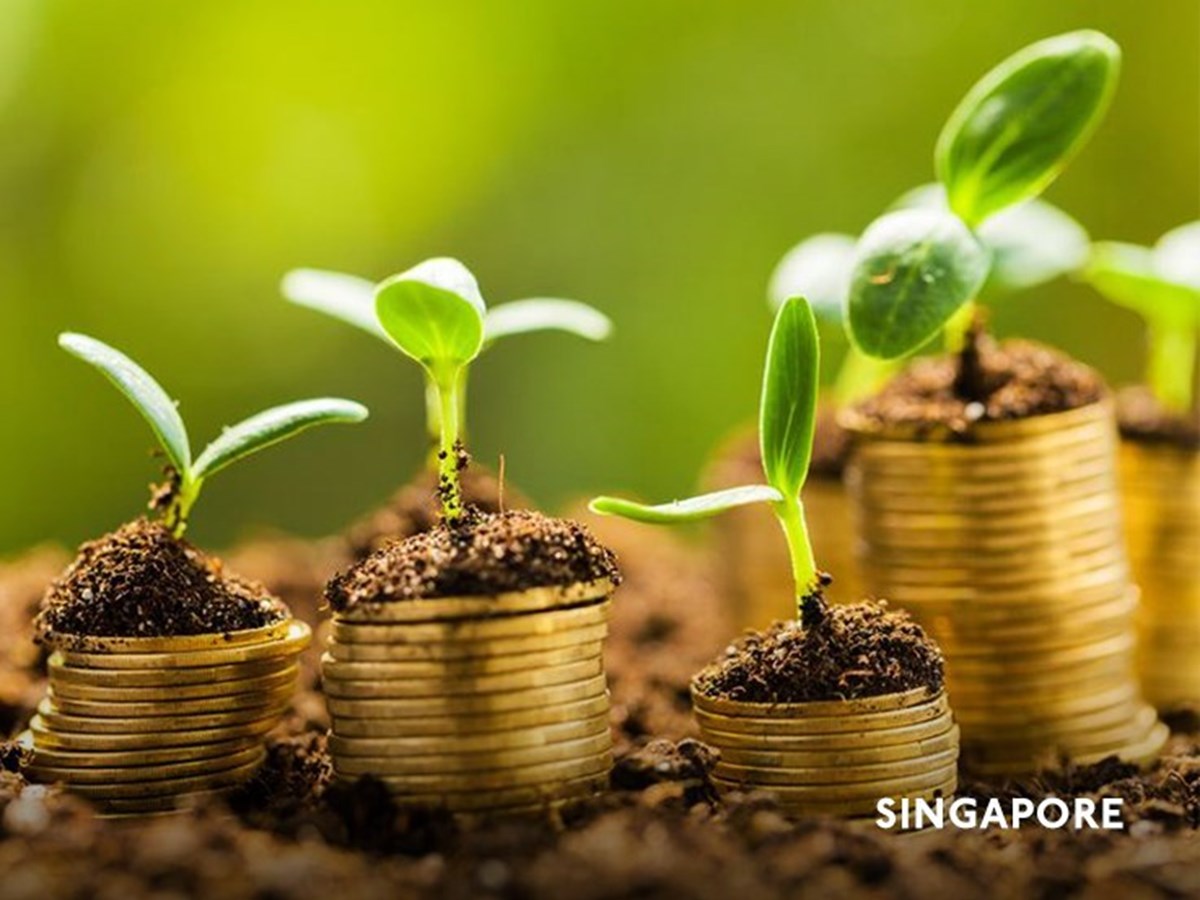
Knowledge Highlights 2 December 2025

On 3 October 2022, the Carbon Pricing (Amendment) Bill (“Bill”) was introduced for first reading in Parliament. This follows the Ministry of Sustainability and the Environment (“MSE”) public consultation on a draft of the Bill which concluded in August 2022.
Among other things, the Bill will increase carbon tax rates and the price of a fixed-price carbon credit, introduce a transition framework to give eligible companies in emissions-intensive trade-exposed (“EITE”) sectors more time to adjust to a low-carbon economy, and provide companies an option to use eligible international carbon credits in lieu of paying carbon tax for up to 5% of their taxable emissions from 2024 onwards. The Bill is slated for second reading in November 2022.
The Bill provides clarity for affected companies to determine how their businesses may be impacted by the measures and enables them to better strategise their transition to a low-carbon economy.
A summary of the Bill and MSE’s response to feedback gathered from the consultation are set out below.
Summary of Bill
The Bill seeks to amend the Carbon Pricing Act 2018 for the following purposes:
MSE response to consultation feedback
On 22 September 2022, MSE set out in a media release its response to the key feedback gathered from the public consultation in the following areas:
At Budget 2022, the Government announced that the carbon tax will be raised from S$5 per tonne to S$25 per tonne in 2024, and S$45 per tonne in 2026, with a view to reaching S$50-S$80 per tonne by 2030. MSE explained that this carbon tax trajectory was calibrated to set the pace of transformation needed to achieve Singapore’s climate goals, while giving businesses sufficient time to transition to a low-carbon future.
Moving forward, the Government will regularly review Singapore’s carbon pricing regime to take into account international developments, the progress of domestic mitigation efforts in meeting Singapore’s climate change targets, the impact on households and businesses, Singapore’s economic competitiveness, and the role of the carbon tax in stimulating the development of the green economy.
MSE explained that the Government recognises that in the near-term, companies in EITE sectors may face higher costs than those in countries with lower or no carbon prices. These companies produce for Singapore and the world and contribute a significant number of jobs and value-add to the economy. Many of their products and expertise will be needed as the world decarbonises, and some will need more time to make the necessary reduction in emissions or investment in cleaner technologies.
Transitory allowances, which are common in many countries with carbon prices, will be provided to facilities in EITE sectors to manage the near-term impact on business competitiveness and mitigate the risk of carbon leakage. To encourage decarbonisation, the allowances will be determined based on the efficiency standards and decarbonisation plans.
The Ministry of Trade & Industry and the Singapore Economic Development Board will continue to engage affected companies on the details of the industry transition framework.
In responding to suggestions for the Government to publicly disclose the amount of allowances awarded to each eligible facility each year, MSE explained that it would be commercially sensitive and challenging to make such disclosures as the quantity of allowances is linked to the nature and scale of operations of the facility.
Some respondents raised concerns on the provision allowing the Government to revise the methodologies used to calculate the quantum of allowances awarded to eligible facilities (“allowance methodologies”). MSE explained that the intent of this provision was to allow the Government to update the allowance methodologies if a methodology currently in use became outdated. The Government would provide sufficient notice to companies should there be any changes to the allowance methodologies.
Some respondents requested greater clarity around the eligibility criteria for ICC. MSE explained that the broad principles of the eligibility criteria would be set out in subsidiary legislation, taking reference from internationally accepted environmental integrity principles as well as relevant practices amid the evolving international landscape on carbon credits. The Government will ensure that eligible ICC are derived from real emissions reductions or removal, aligned with global climate ambition, and in line with Article 6 of the Paris Agreement, including the requirement for corresponding adjustment by host countries.
MSE explained that the Carbon Pricing Act 2018 does not stipulate how carbon tax revenue will be used. Instead, government expenditures, whether funded from carbon tax revenue or other revenue sources, would be consolidated through the annual Budget process coordinated by the Ministry of Finance. The expenditures are then passed through the Supply Act, which controls the Government’s spending for the next financial year.
The Government does not expect to derive additional revenue from the increase in the carbon tax. Some of the carbon tax revenue would be used to support both households and businesses in the green transition. A large part would be used to support a decisive shift towards decarbonisation through investments into renewables, and new low-carbon and more energy-efficient solutions.
Reference materials
The following materials are available on the REACH website www.reach.gov.sg and Singapore Statutes Online sso.agc.gov.sg: